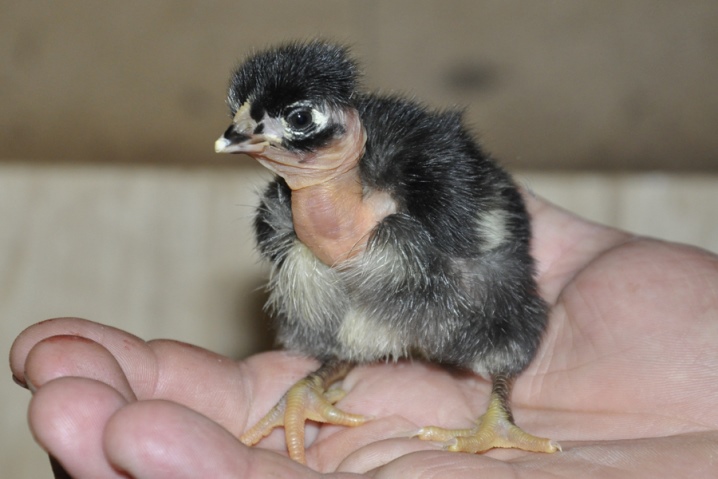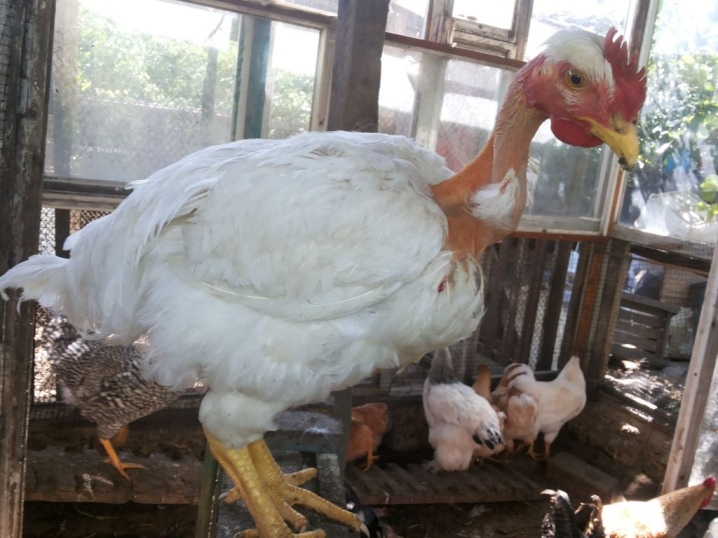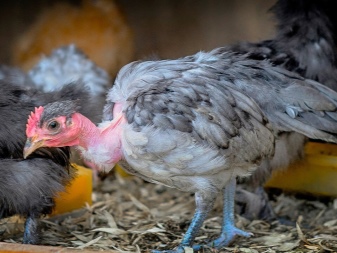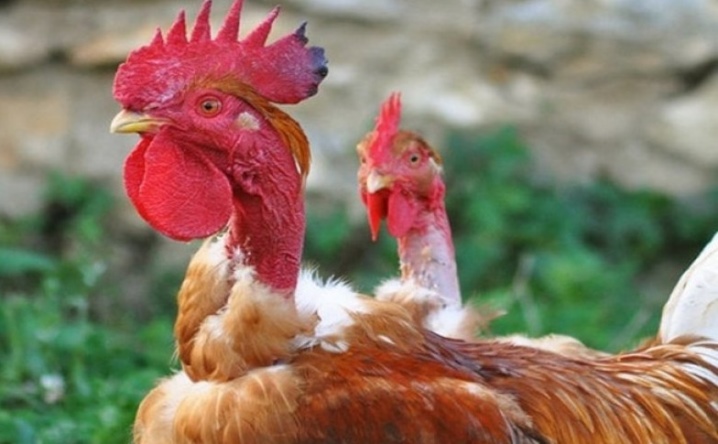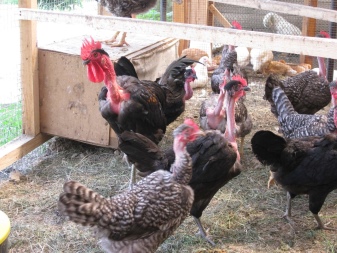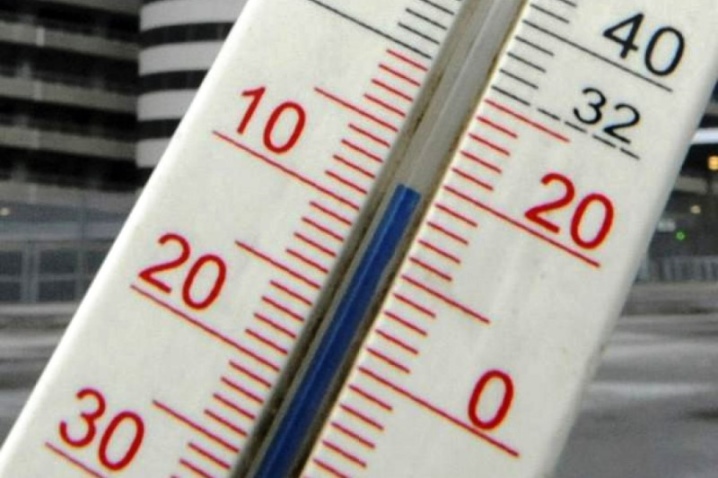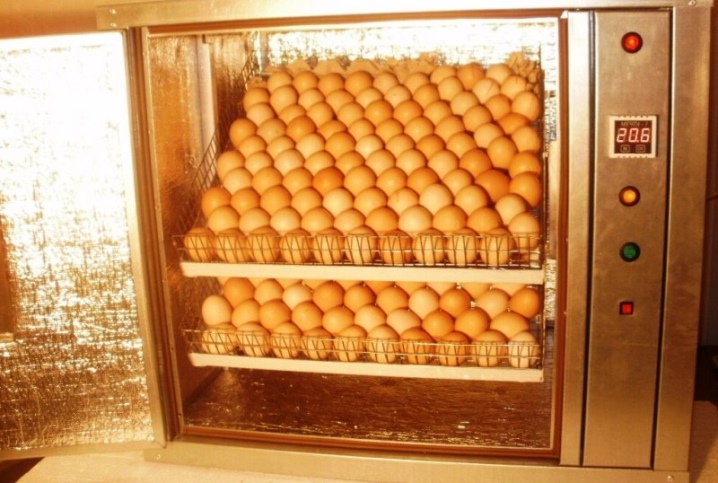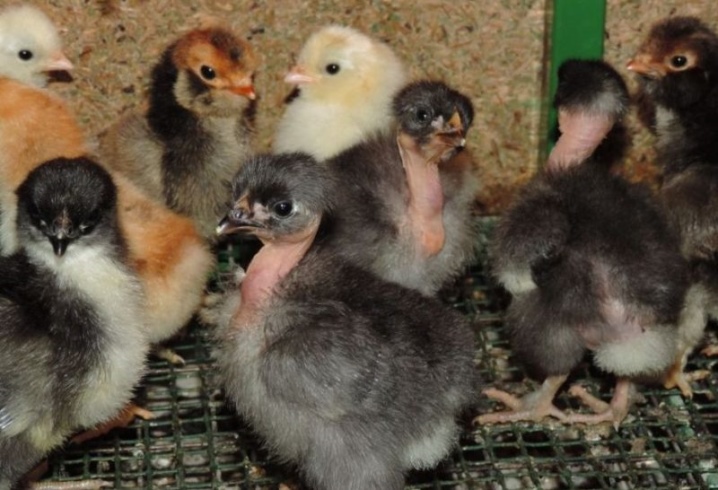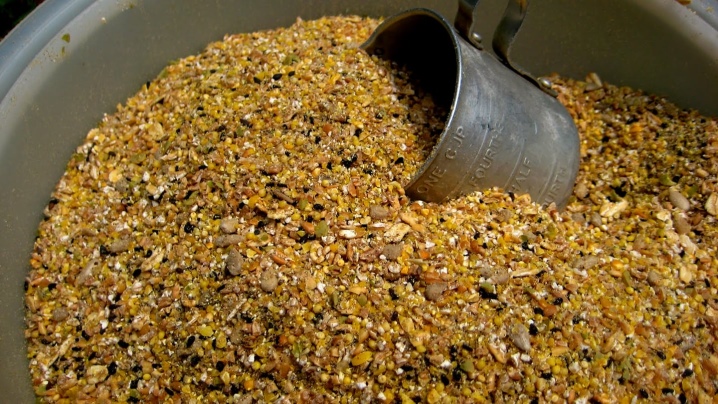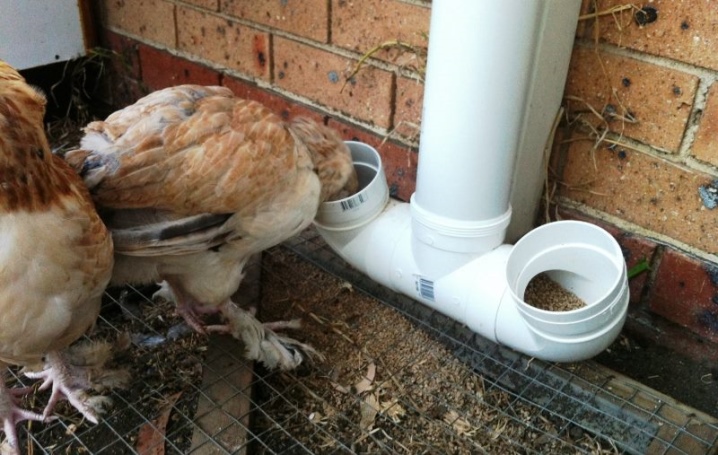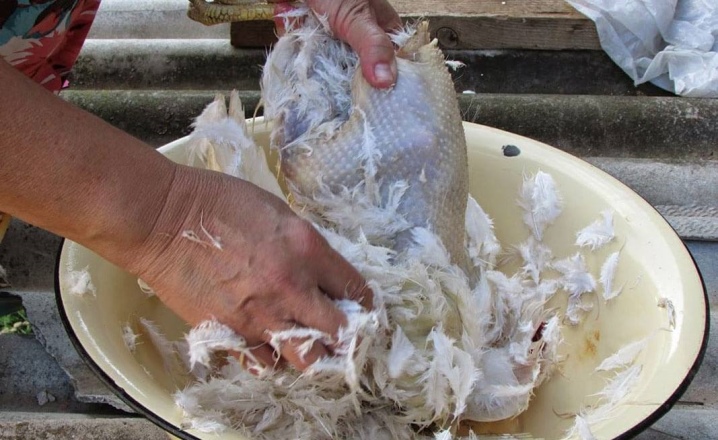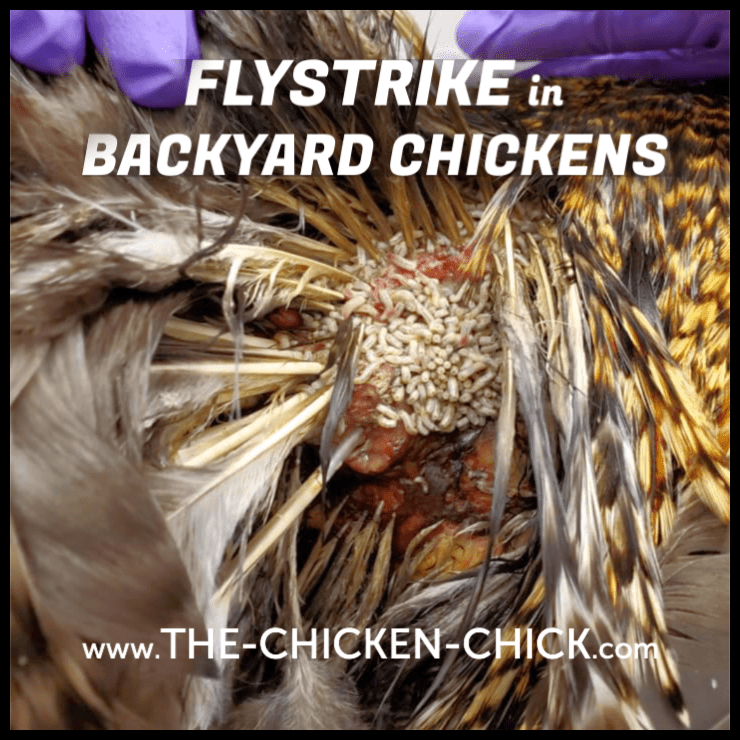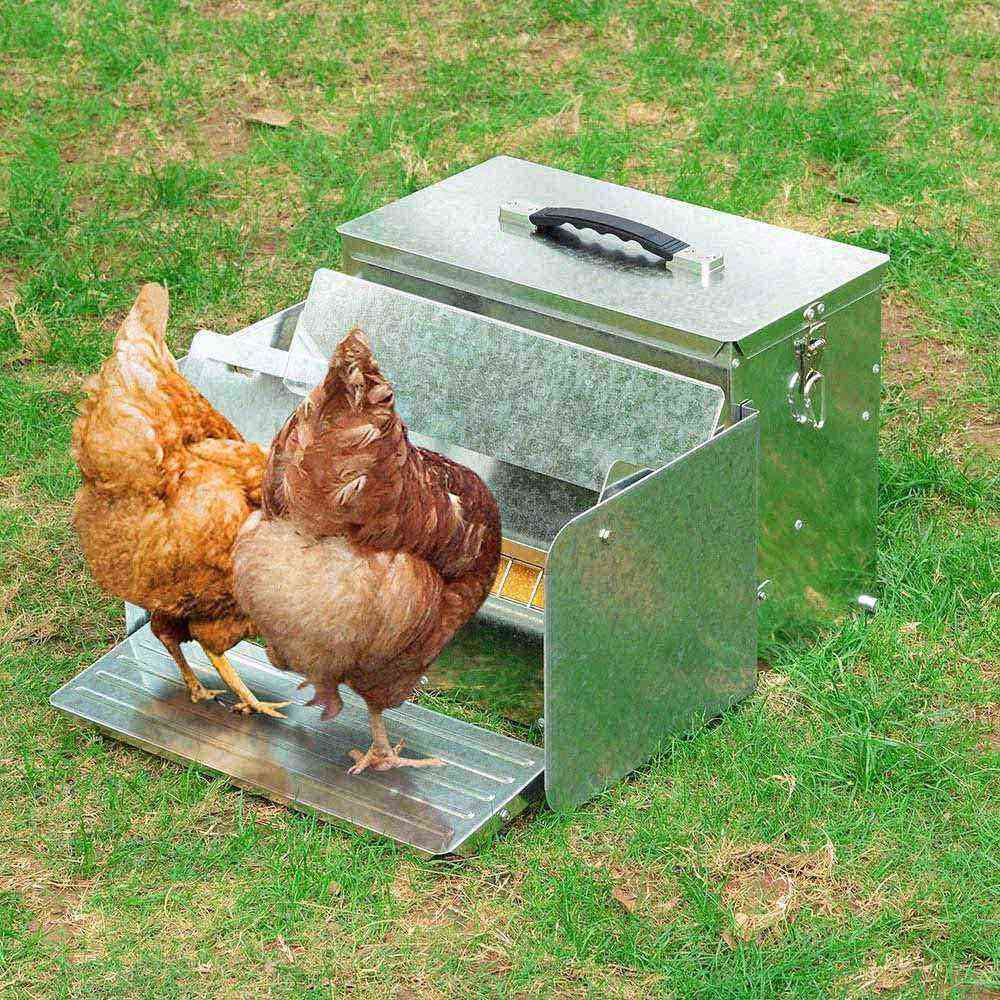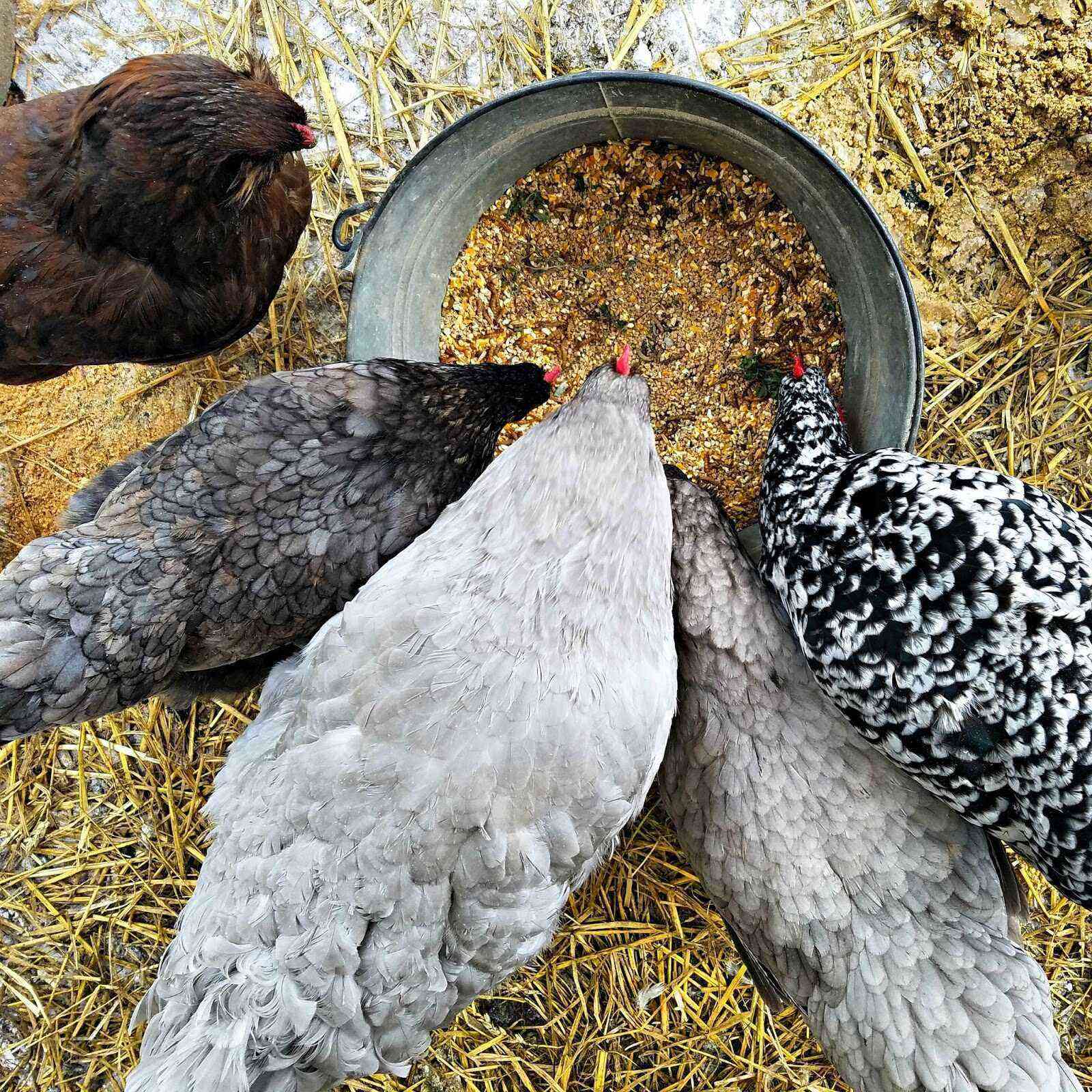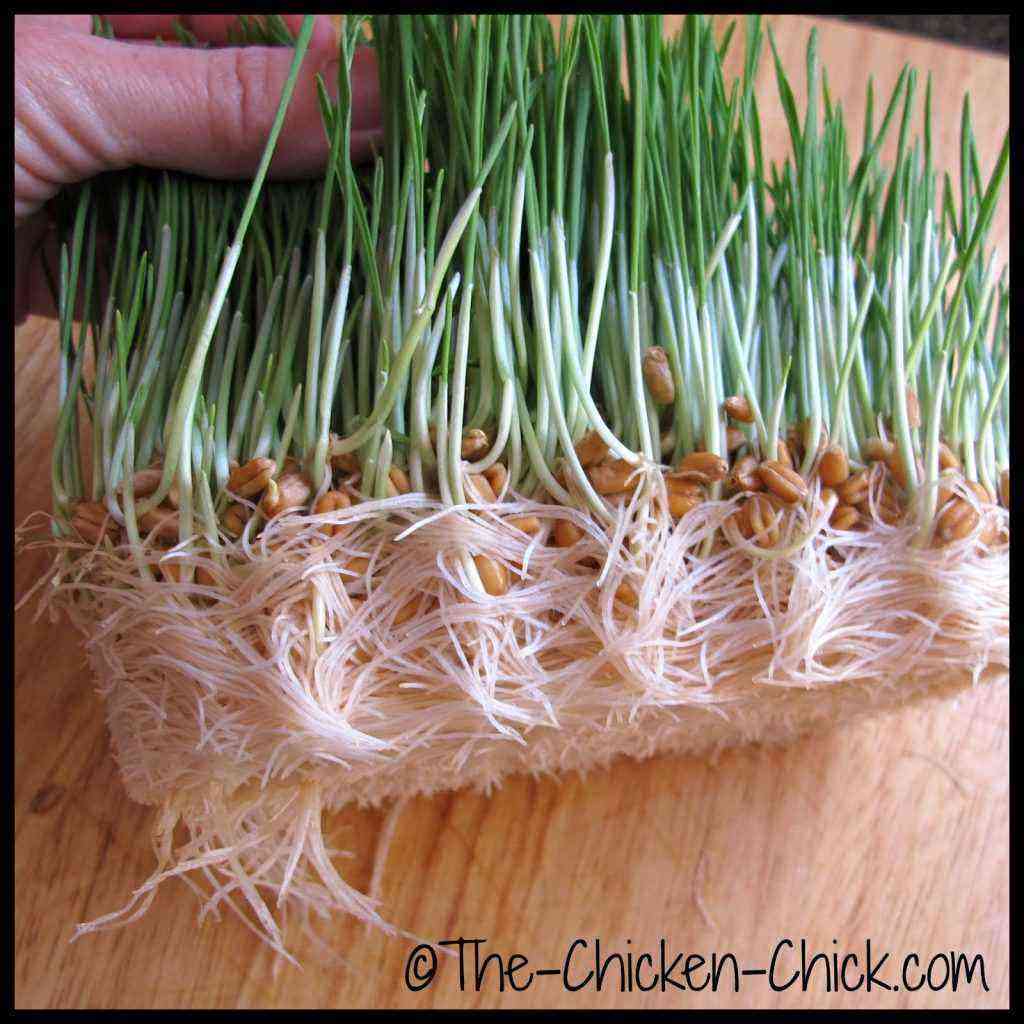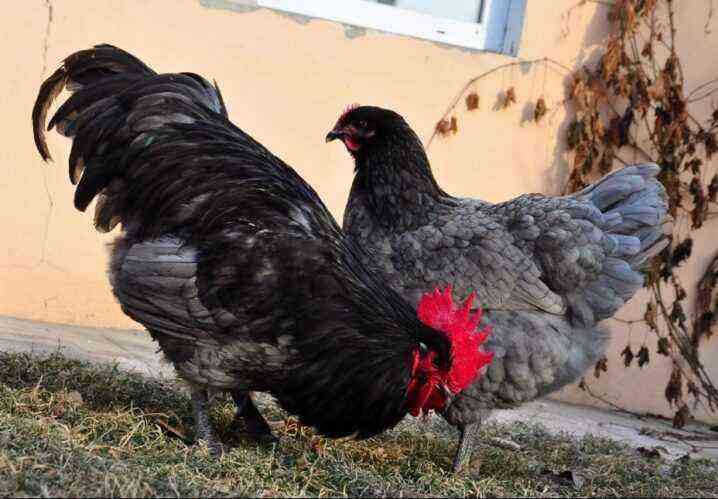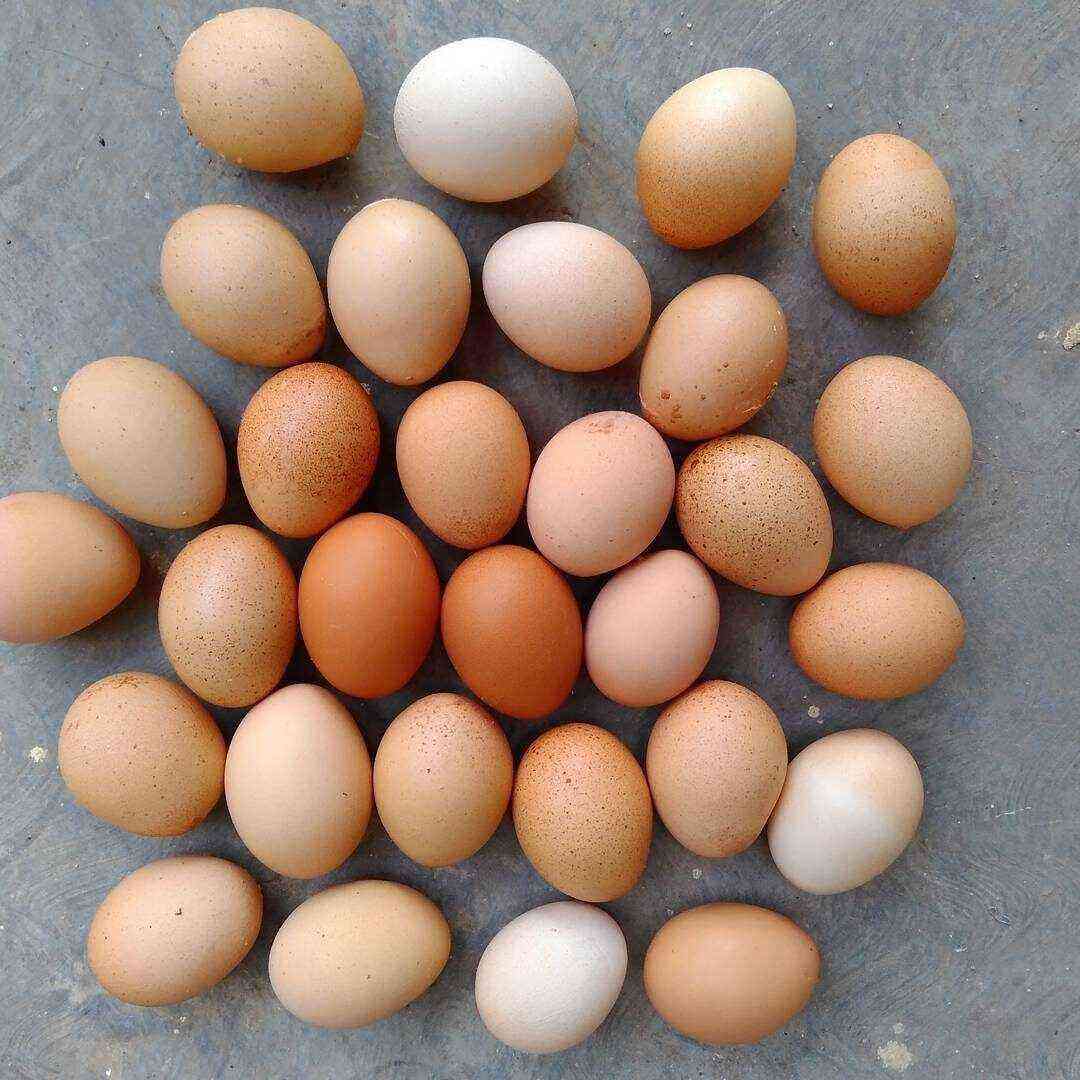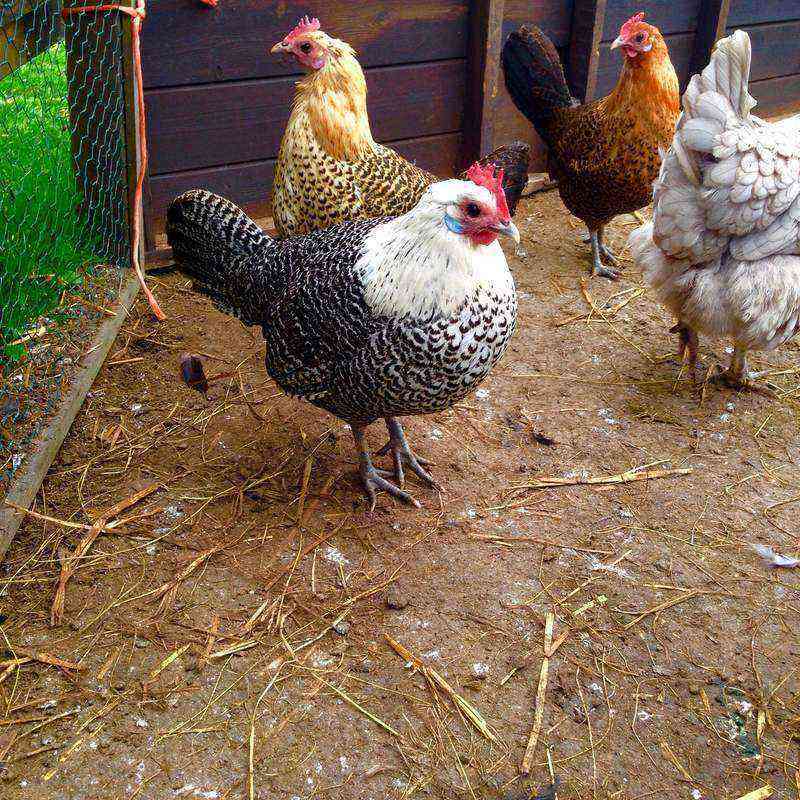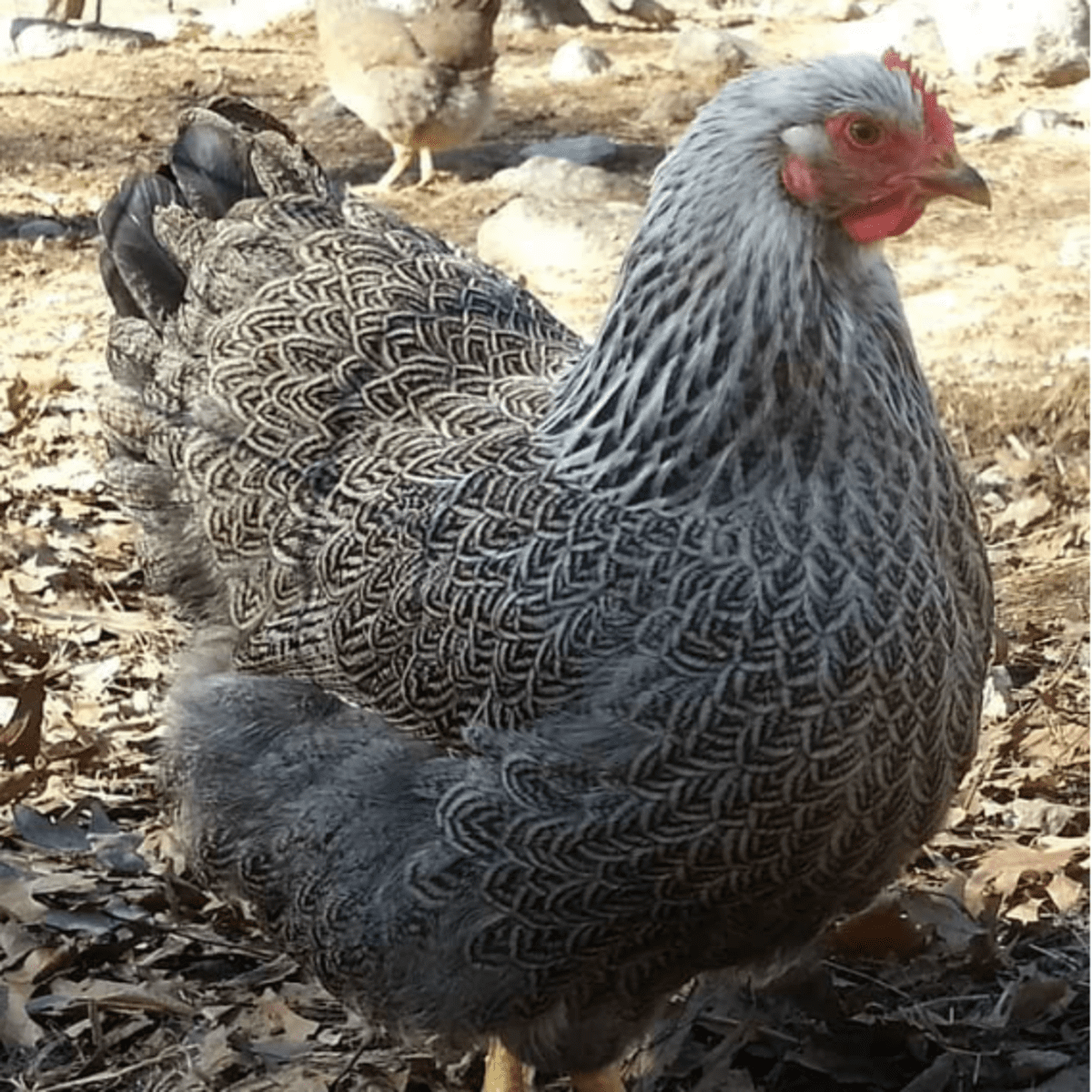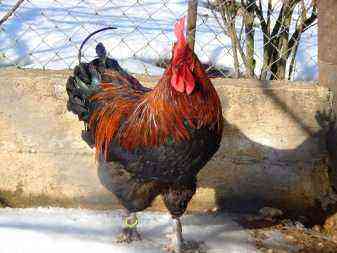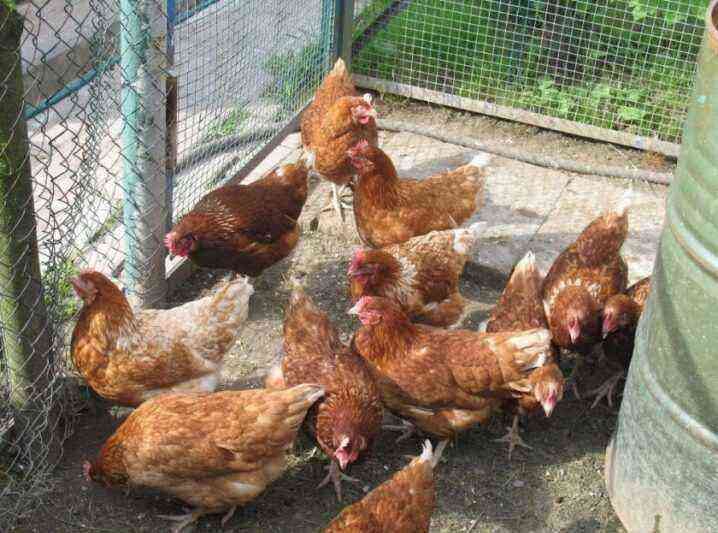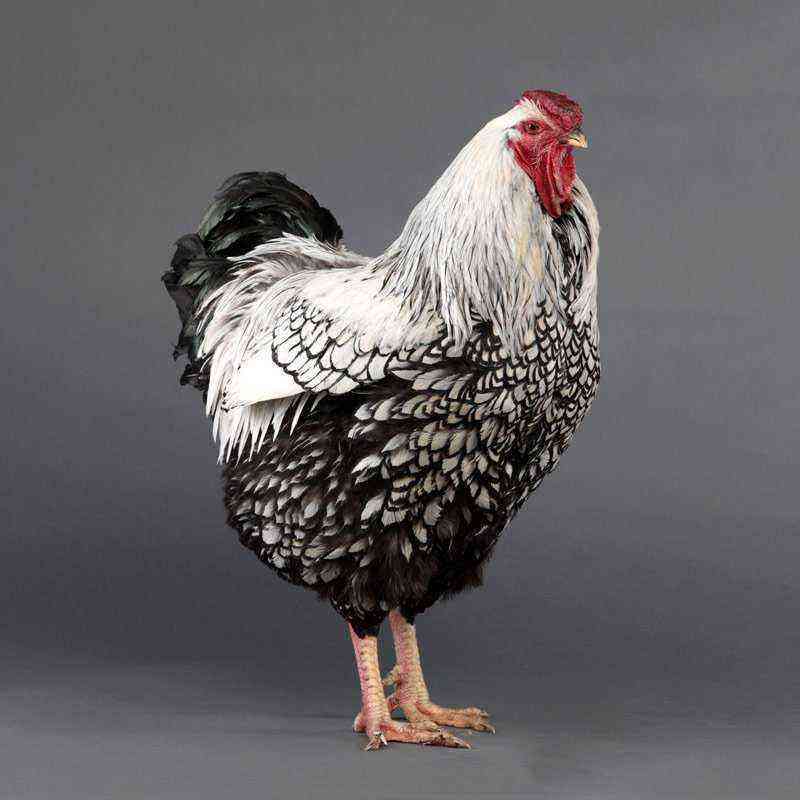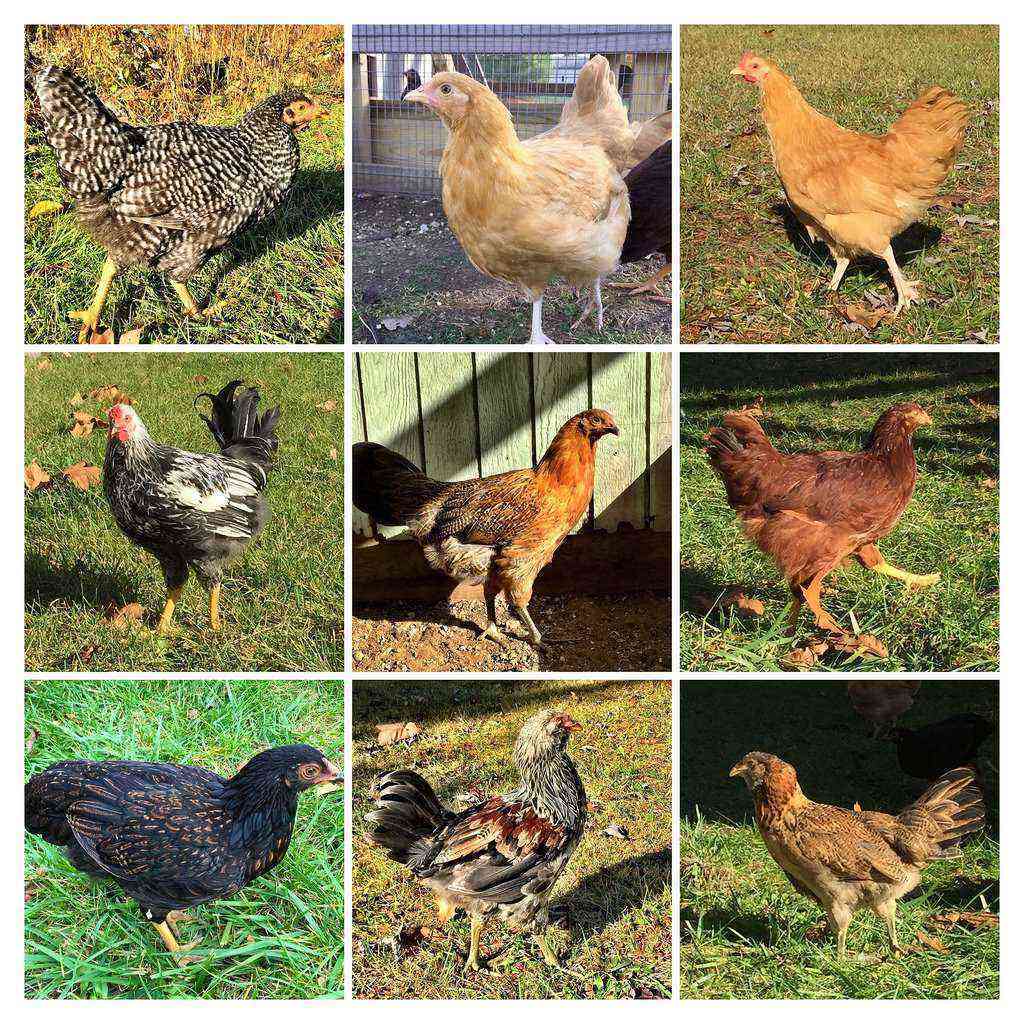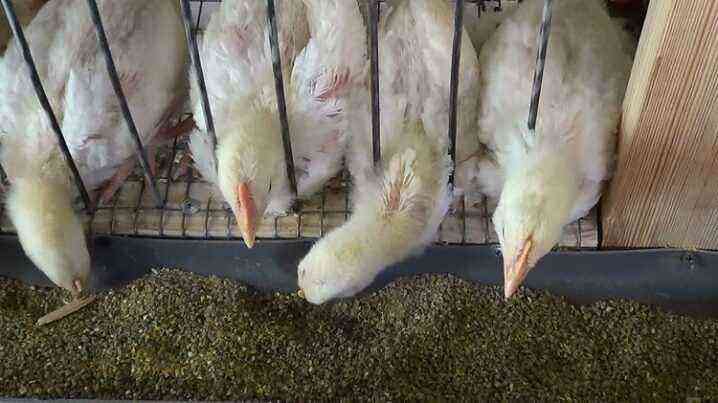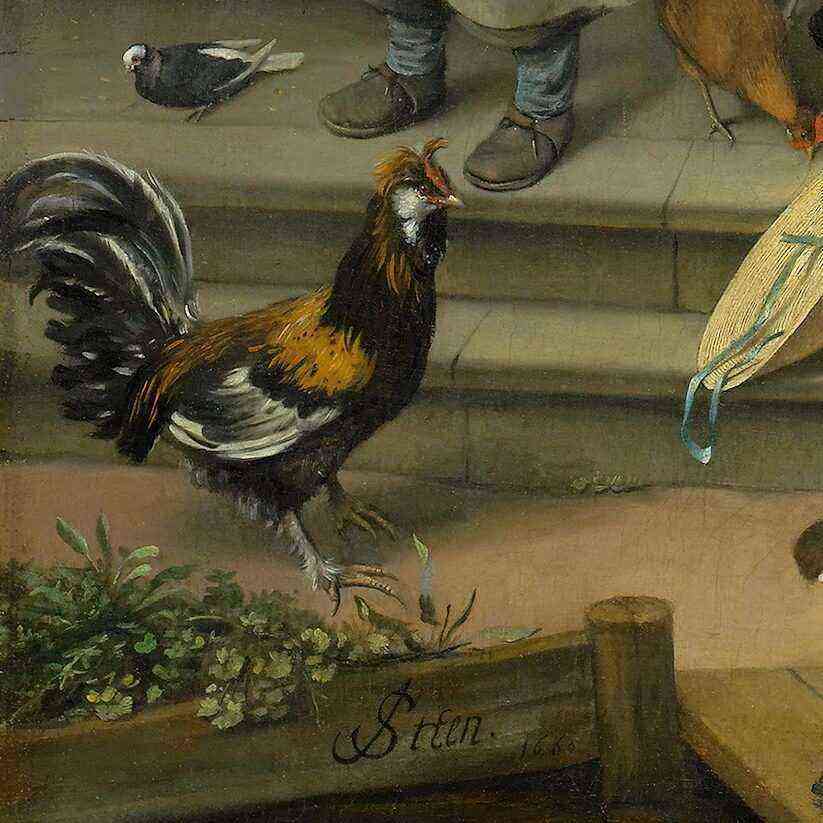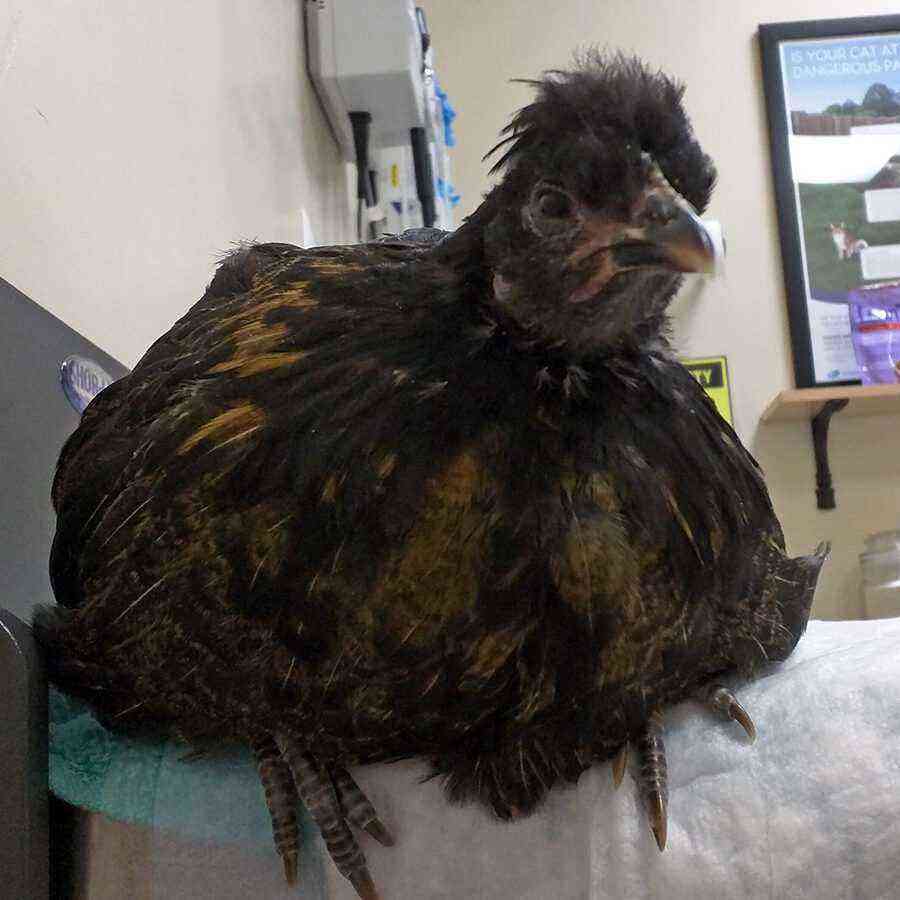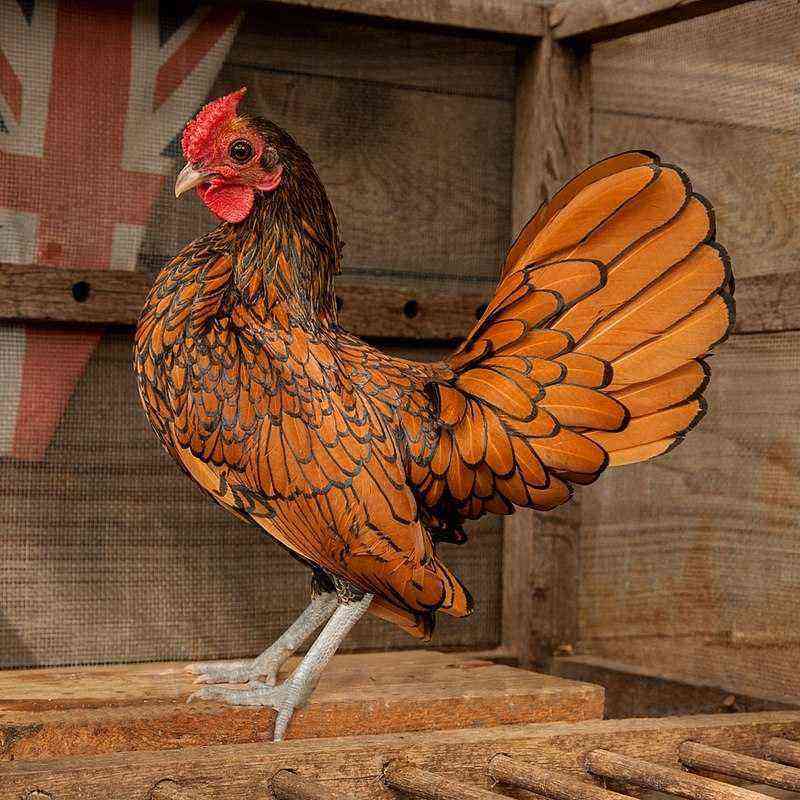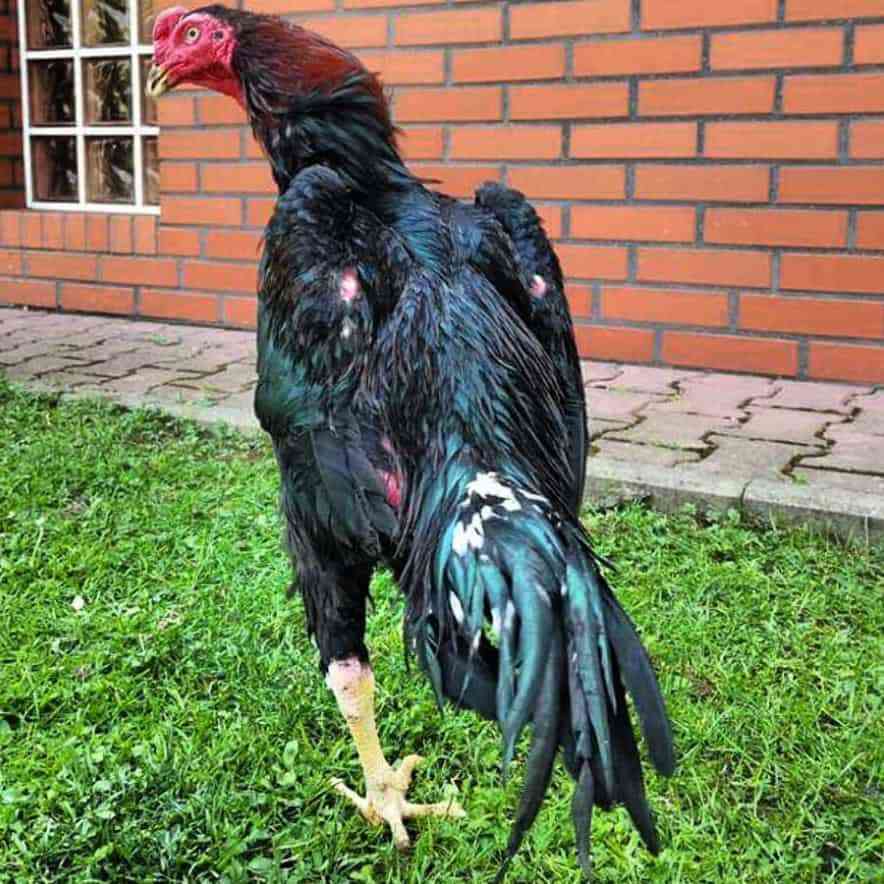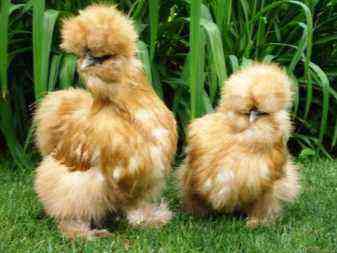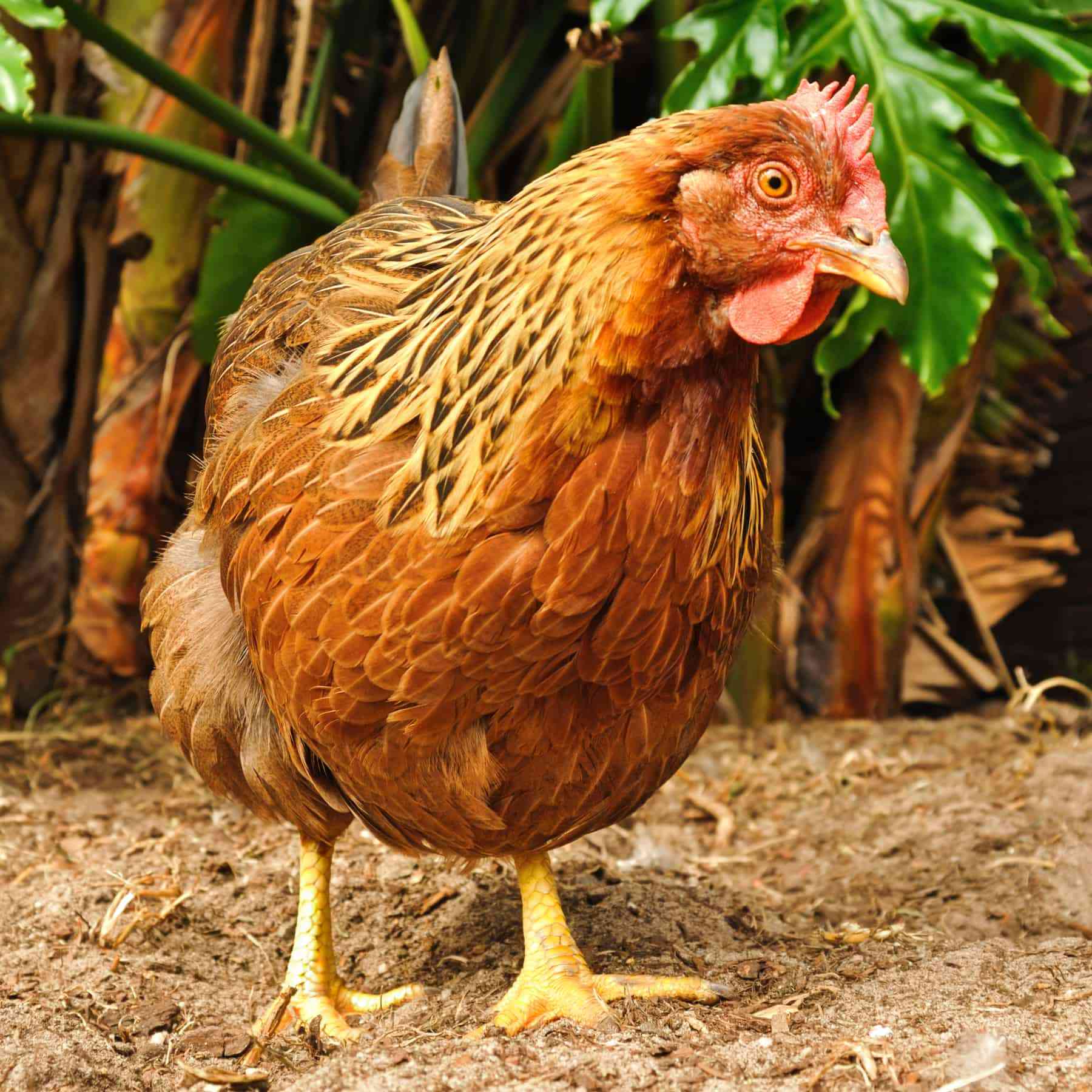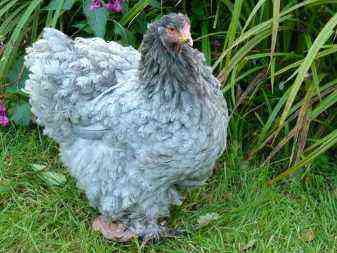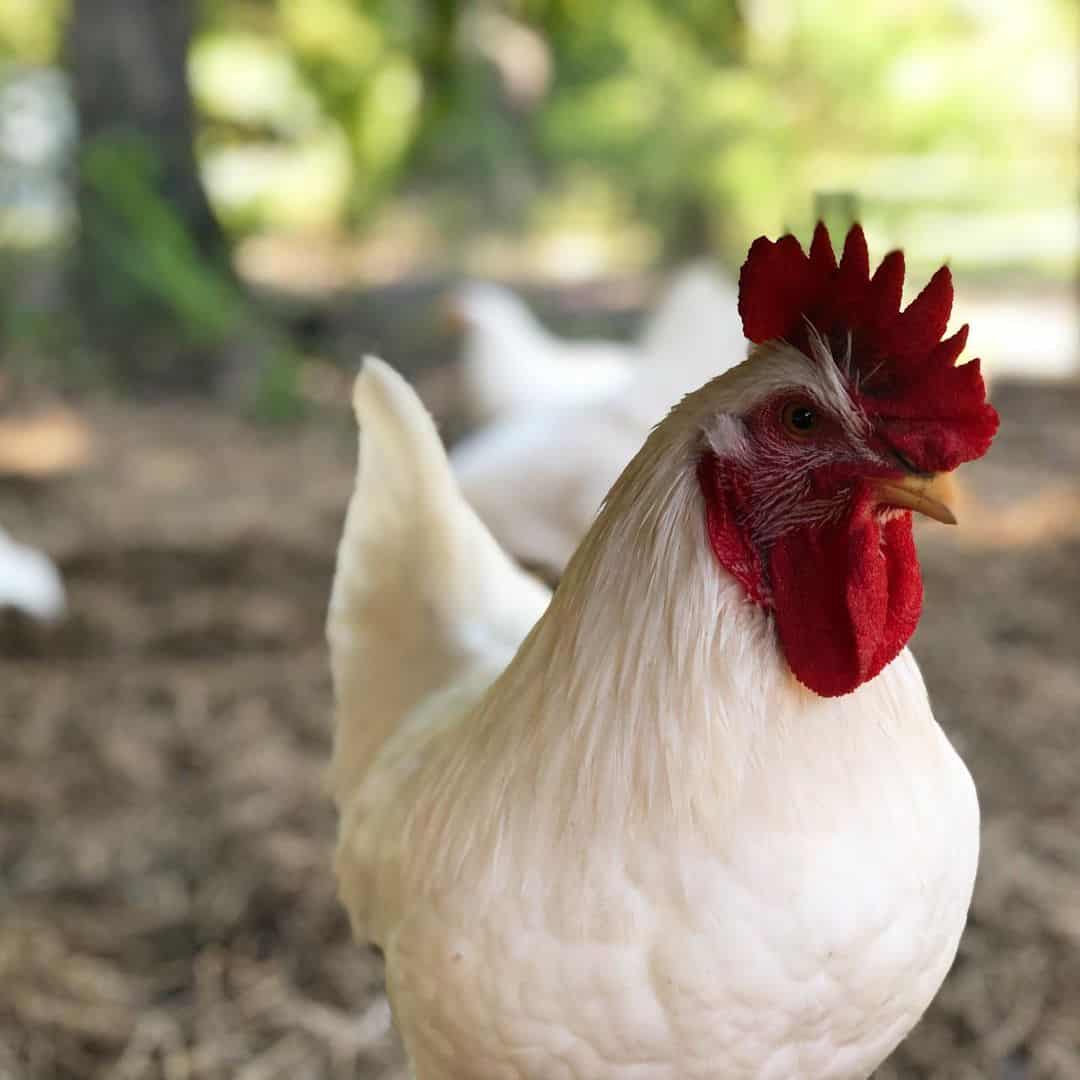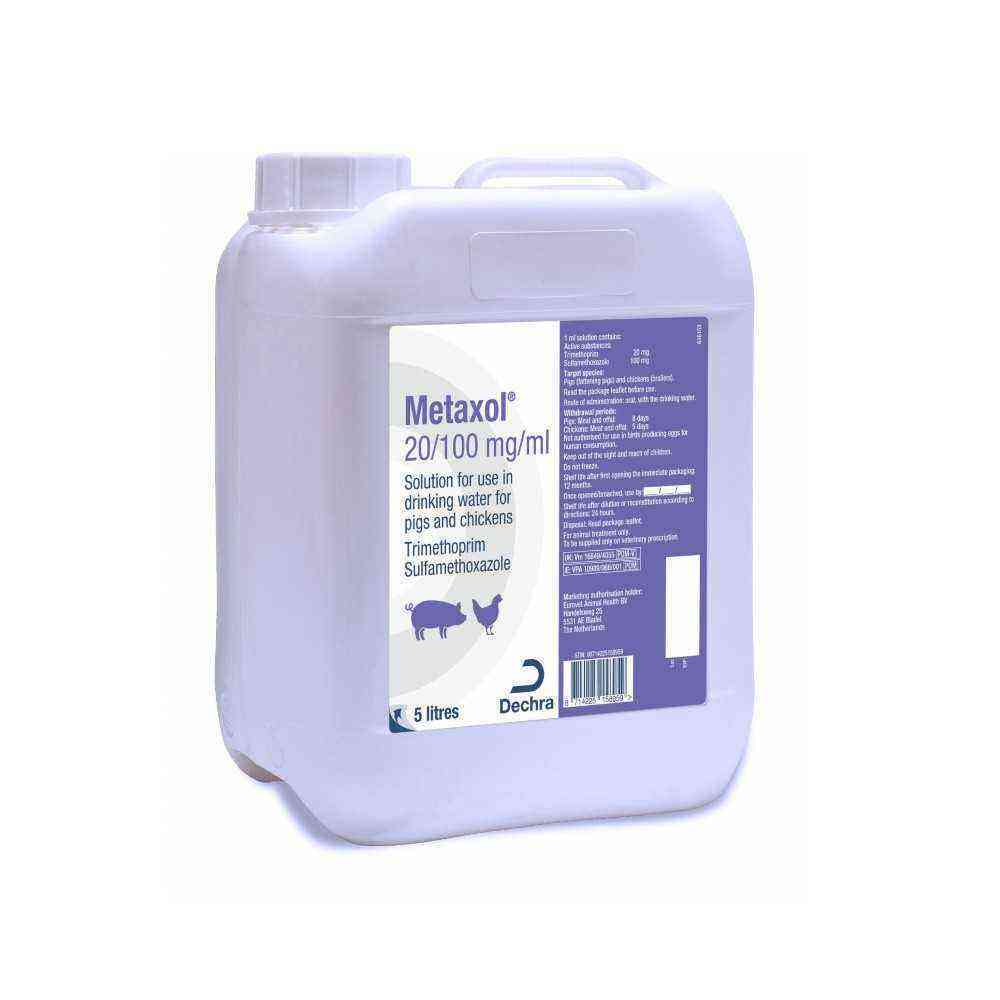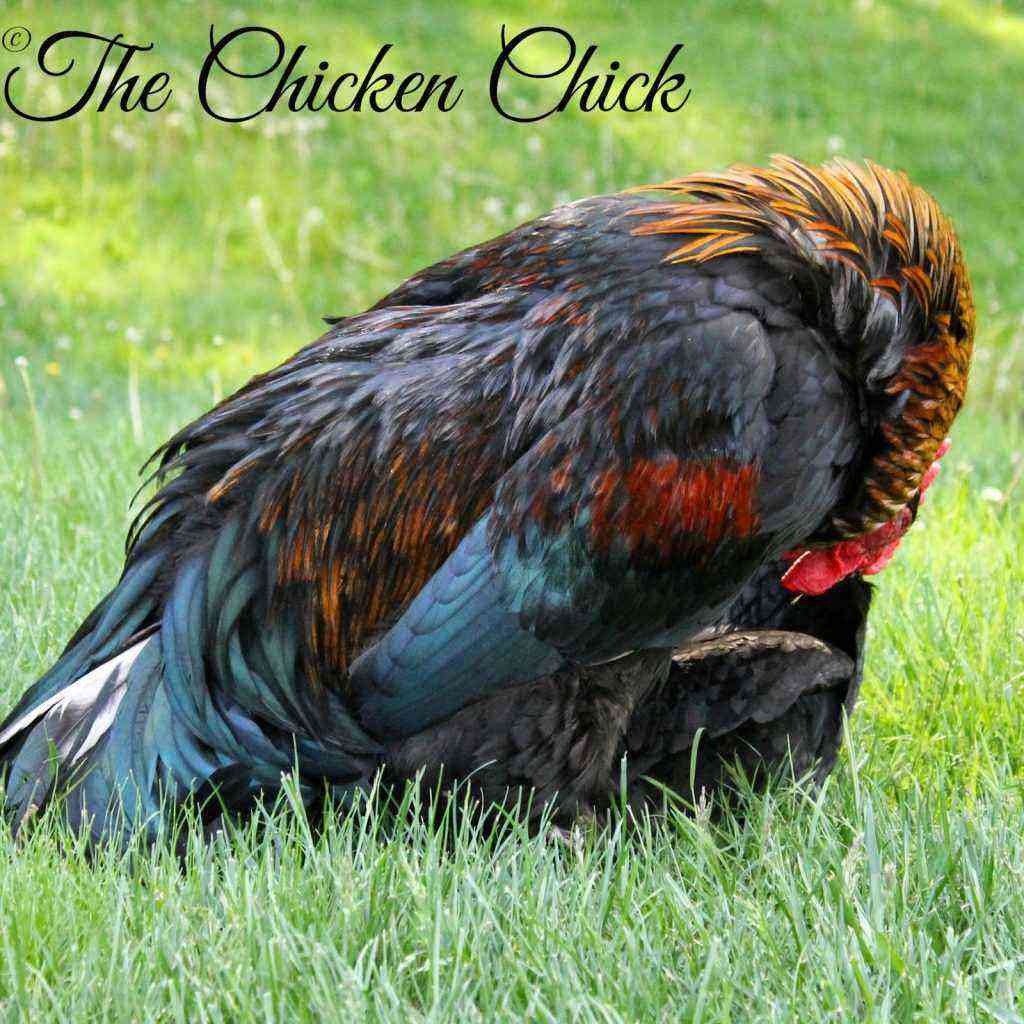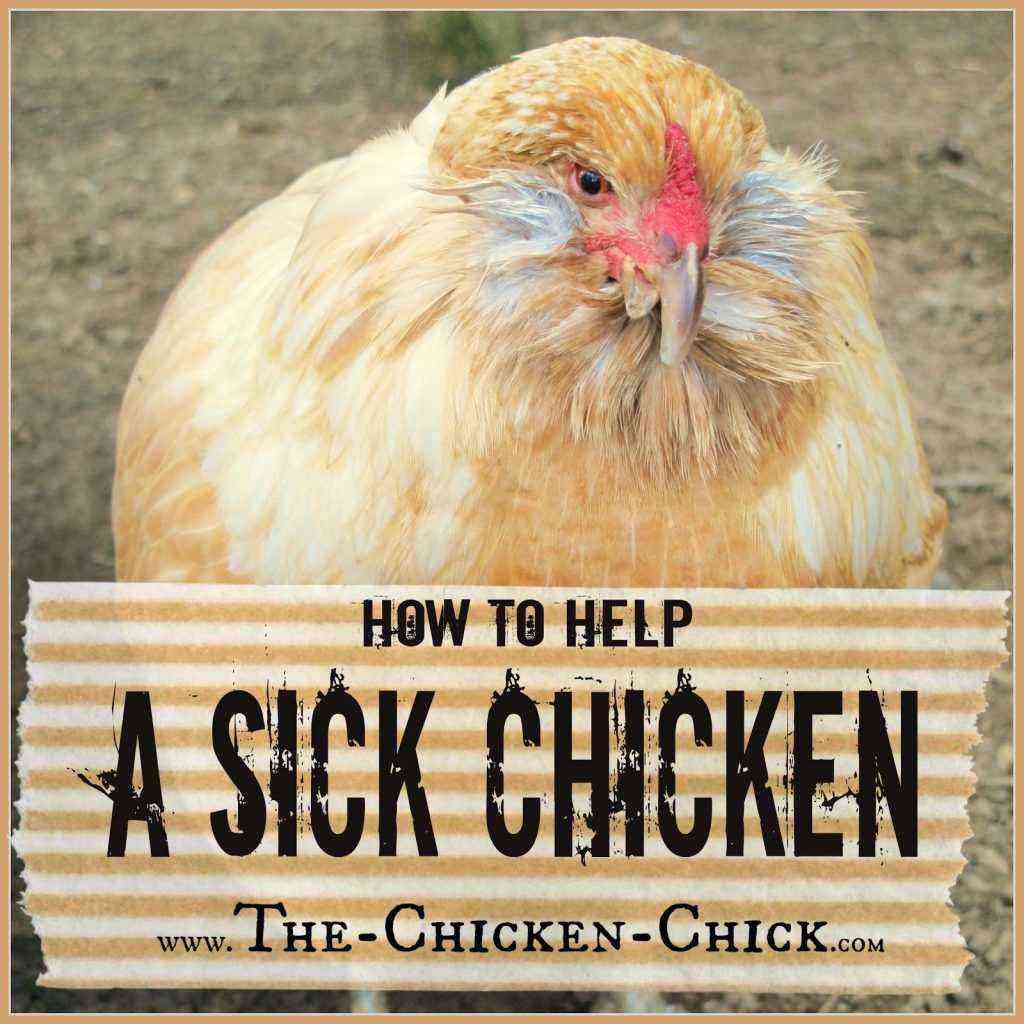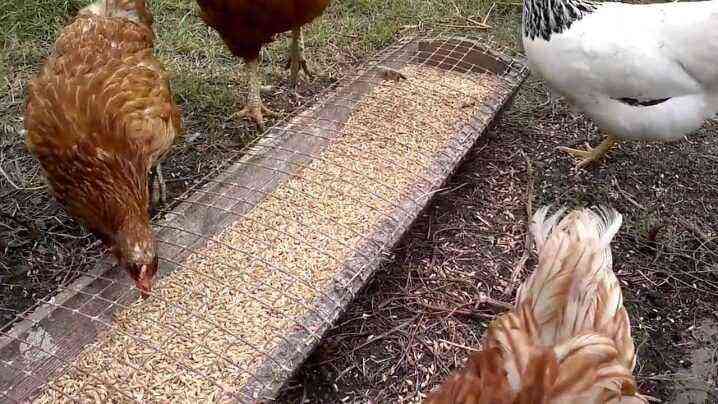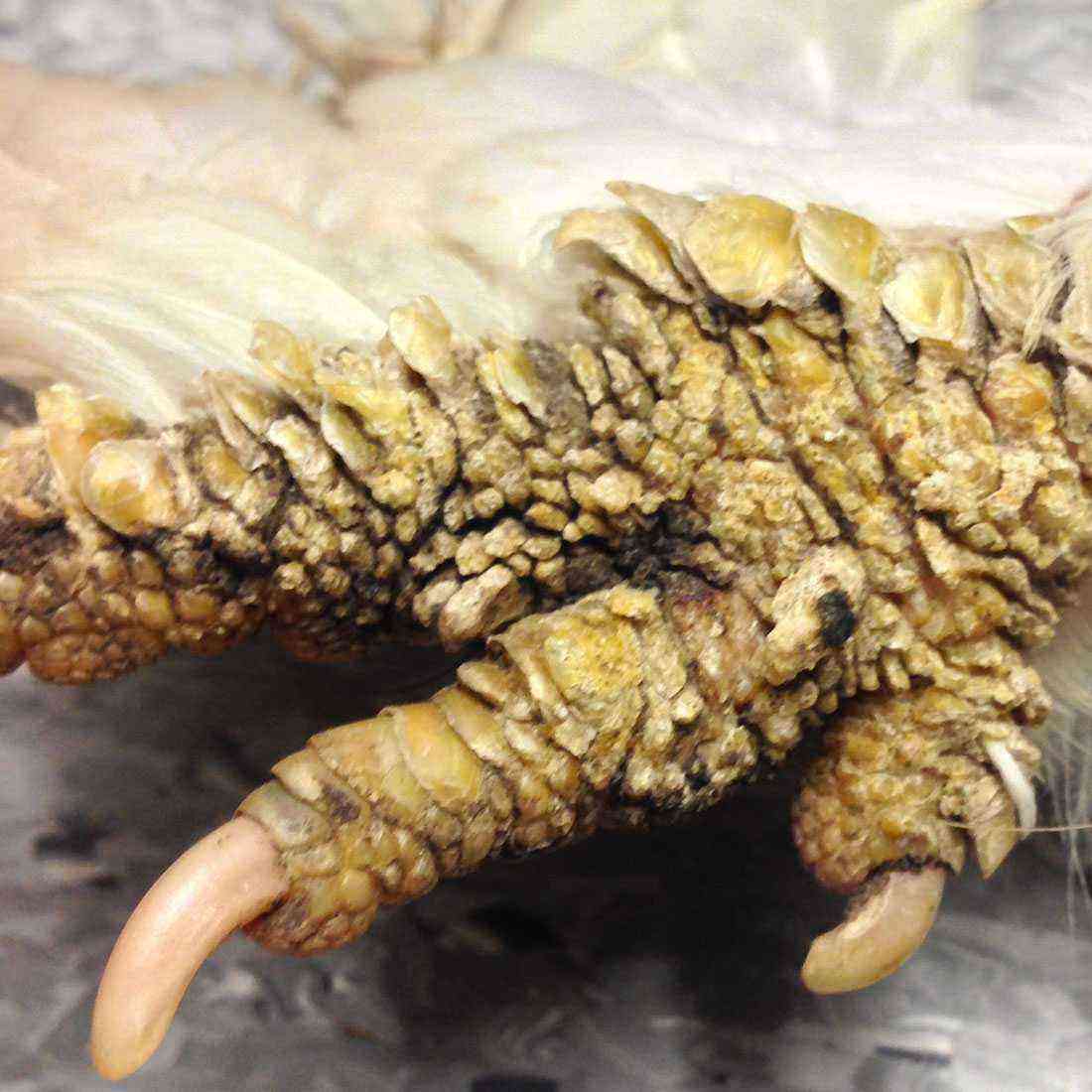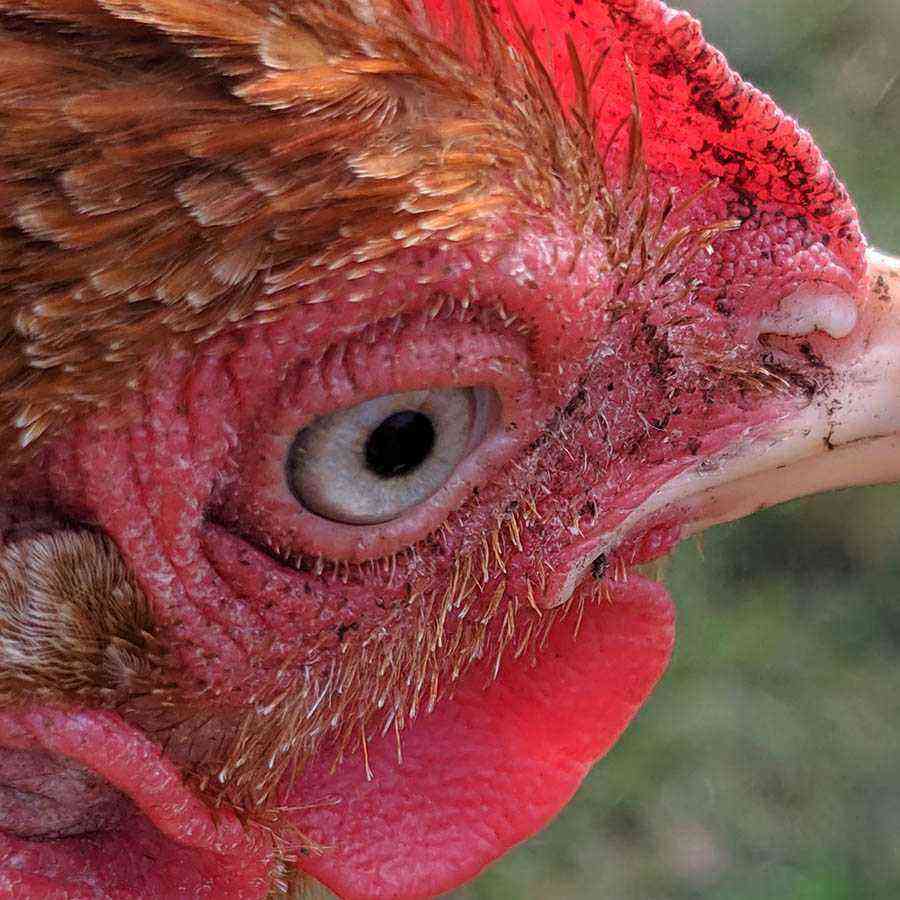Many poultry farmers are engaged in raising chickens, as they are a source of tender healthy meat and eggs. To date, a large number of breeds of this bird are known, but the bare-necked one stands out among them. In other words, she is called a Spaniard, this representative has a lot of advantageous characteristics compared to her relatives.
History of origin
Bare-necked chickens are the original representatives of the domestic inhabitants of the poultry yard. They look unusual and even funny, in addition, they are characterized by productivity and ease of care.
It is impossible to accurately name the homeland of the goloneck, many believe that this is Spain, from which the breed is often called the Spaniard. This bird was brought to Russia from Romanian and Hungarian areas about 100 years ago. There are 2 versions of the origin of the naked chicken breed:
- golonecks are the result of crossing an Indian fighting breed with another;
- bare necks of birds is a pathology of their body, which can be transmitted to the next generations.
There is still no consensus among scientists. Some believe that these individuals were bred in Transylvania or Andalusia. The Spanish flu is common in Europe, namely in Austria and Moldova. It can also be found in the south of Russia.
Features of the breed
The description of bare-necked chickens is rather unusual, they even have some resemblance to turkeys. The necks do not have feathers not only on the neck, but also in the region of the ribs, namely under the wings, also on the inner leg lobe. Depending on the “correctness” of the breed, the number of bare spots on the bird’s body is determined.
A chicken of this breed is born already with apteria, that is, areas without feathers. With age, this skin lobe turns red.
Chickens and roosters are characterized by a bright red color of the skin with wrinkles in the bare areas. On the back of the head there is a small area with feathers, which looks like a cap. On the front of the neck, the presence of a collar of feathers is observed. This unusual bird has a black, brown coloration, on which there are blotches, which, in turn, can be colorful and bright. The head of the Spaniard is wide, small in size.
The eyes of chickens have a yellow-red tint, the comb and earrings are red. The beak is characterized by some curvature, it is yellow or dark brown. The bird is squat, it has a powerful muscular body, a large sternum. The wings are not completely adjacent to the body, lowered down. The limbs of the golonecks are short, muscular, have 4 fingers. These chickens are characterized by an elongated back and a large belly.
A real Spaniard is not only characterized by a bare neck, but also cannot have dark eyes, white earrings, and bright yellow spots on featherless lobes. The marriage of the representative is also indicated by the pure white or pure black color of the feather. Females of this breed have a calm and peaceful disposition, they do not participate in fights and are able to get along with other representatives of birds in the yard. They are anxious and shy.
Roosters, in turn, are aggressive, they can attack not only relatives, but also people.
The golonecks are classified as representatives of the meat-egg type. The main productive characteristics of the Spaniard breed:
- rooster weight – 3000-3500 grams, hens – 2000-2500 grams;
- egg production – about 160 pieces per year;
- egg mass – 60 grams;
- hens begin laying eggs at 23 weeks of age.
Advantages and disadvantages
Despite the fact that the bare-necked chicken is not characterized by a high level of egg-laying, they can be used as a high-quality gene pool for breeding other breeds of chickens, for example, broilers. The advantages of golonecks also include the following characteristics:
- perfectly tolerate not only heat, but also cold;
- able to lay eggs even at cold temperatures, which is unusual for an ordinary chicken;
- friendliness and calm character;
- a simple process of plucking a carcass due to the presence of bare areas;
- excellent taste and decent quality of meat similar to turkey;
- a good percentage of vitality and survival of chickens.
There are few cons for Spaniards. The disadvantages of the breed can be called a low level of maternal instinct, the average productivity of cockerels.
How to grow?
When growing golonecks, it is worth providing the pets with the correct temperature regime in the chicken coop. Despite the fact that the Spaniard is a hardy bird, if the conditions are unacceptable for her, then she will spend her energy not on increasing body weight or forming an egg, but on normalizing the optimal body temperature. If the room is colder – 5 degrees, then the chicken will stop laying.
The optimum temperature in the room where the chickens are kept is from 12 to 16 degrees Celsius, while the humidity should be about 60%. In order to effectively absorb manure, moisture and gas, it is recommended to make bedding based on peat. This base should be periodically loosened. To ensure that the chicken coop is not gassed, it should be equipped with supply and exhaust ventilation.
In autumn and winter, the efficiency of laying eggs depends on the length of daylight hours. To compensate for the lack of natural sunlight, it is worth installing artificial ones in the chicken coop. Golosheyki are not picky in food, therefore, in this regard, they will not burden the owners. The basis of their nutrition should be grain, potatoes, clover flour, vegetables, root crops, dairy products. Also in the diet of the Spaniard should include yeast, shells, corn grains.
A good option for bird feed is a balanced compound feed that saturates the body of chickens with vitamins and minerals. One adult chicken weighing 2000 grams requires 130 grams of feed. With an increase in body weight of 250 grams, it is worth adding 10 grams of feed. Mineral and vitamin bait can increase the egg production of golonecks.
Feeding birds should be carried out twice a day, namely in the morning and in the evening.
Breeding
Often, the golosheyka is not bred on farms, but it is not uncommon for a resident of private courtyards. This breed does not need special conditions, it feels great in a chicken coop, a regular poultry house and when walking in an open area. In growing babies, preference should be given to incubation hatching. The Spaniard is not the best mother hen, because when hatching, she can forget about her nest with masonry.
When breeding chickens, preference should be given to fresh eggs, which are no more than 5 days old. It is advisable to choose clean, uniform in size and flawless eggs – weak babies often hatch from small specimens. If possible, it is better to shine through the material with an ovoscope. It is also worth remembering that it is not recommended to wash the egg before laying.
The room in which the incubator is located must have a temperature of at least 15 degrees Celsius.
It is worth laying eggs in the evening, so you can predict that the chicks will hatch in the morning. The temperature setting must match the stage of incubation.
- From 1 to 11 days in the incubator, you need to set the temperature regime to +38 degrees, while the humidity level should be 30%. Turn the material over every few hours. From day 4, you can ventilate the incubator.
- The intermediate stage lasts from 12 to 19 days. The temperature should be reduced by half a degree, and humidity – by 2 indicators. When airing (no more than 30 minutes), it is necessary to control that the incubator is not colder than the desired value.
- The final stage lasts from 19 to 21 days. During this period, you should open the valves for ventilation completely, lower the temperature by half a degree, and bring the humidity to 31%. Turning the eggs at this time is no longer required.
Keeping chicks
Immediately after birth, the young of the goloneck show a special sensitivity to the conditions of detention. Toddlers should be placed in a clean and well-ventilated room, where there are no drafts. On 1 square meter, it is worth placing no more than 25 individuals in the first month of existence, and from the 5th week – no more than 17 representatives, from the 10th week – about 10 heads. To avoid colds in chickens, you need to take care of the litter.
It is best to make a paper bedding, on top of which to pour compound feed mixed with chopped corn. This bedding option is ideal for toddlers to dig and avoid tripping on it. The temperature in the chicken coop should always be correct, its sharp decrease can lead to the death of calves. Up to 5 days of age, babies should be provided with a temperature regime of +30 degrees, after which it can be reduced by 3 degrees every week.
For monthly Spanish women, the temperature in the chicken coop should be +18 degrees. If it is cool outside, then the room should be heated with infrared lamps. Young animals should be fed every few hours. The diet of Spanish chicks is almost the same as that of other breeds. They need to be given cottage cheese, hard-boiled chicken eggs, corn grits, semolina. One egg should have 0 grams of cottage cheese and the same amount of cereals.
It is recommended to alternate such food with store-bought food, which is intended for chickens., or with ground oatmeal flakes mixed with dry milk and multivitamins. On the 5th day of life, greens can be introduced into the diet of young animals. Week-old chicks can use a mash based on broth or curdled milk, offal. On the 10th day of life, a chicken can eat grated boiled potatoes, zucchini and pumpkin. To replenish calcium reserves, young animals should be given crushed egg shells or chalk.
The owner should observe the process of eating food with small bare necks, weak individuals should not be pushed aside from the feeder. When the meal is over, it is worth checking how full the goiters of the birds are: if there are empty ones, then such chickens are fed. Wet food that remains after eating should be removed.
The feeder must be fixed at a height of free access for birds, but in such a way that the chickens do not climb into it with their limbs. If litter gets into the water or feed, it can cause bird poisoning. Drinkers must be well secured so that the birds cannot turn them over.
Reviews
According to many poultry farmers, the bare-necked chicken is a decorative exotic breed that is unable to carry many eggs. However, there is information that when a Spanish woman is crossed with another breed, egg production will become much more effective.
According to reviews, not everyone is attracted by the appearance of a bird, but at the same time, people like that the process of plucking a carcass takes a matter of minutes.
There is information that breeders are satisfied with the meat of golonecks, as it is very tasty. From the foregoing, we can conclude that this breed of birds is unpretentious in care, but at the same time quite productive, so its cultivation will not cause difficulties.
For information on how to grow bare-necked chickens, see the following video.

